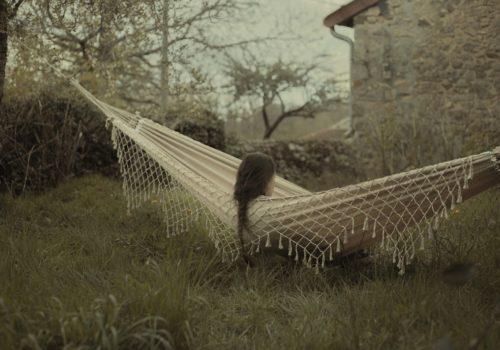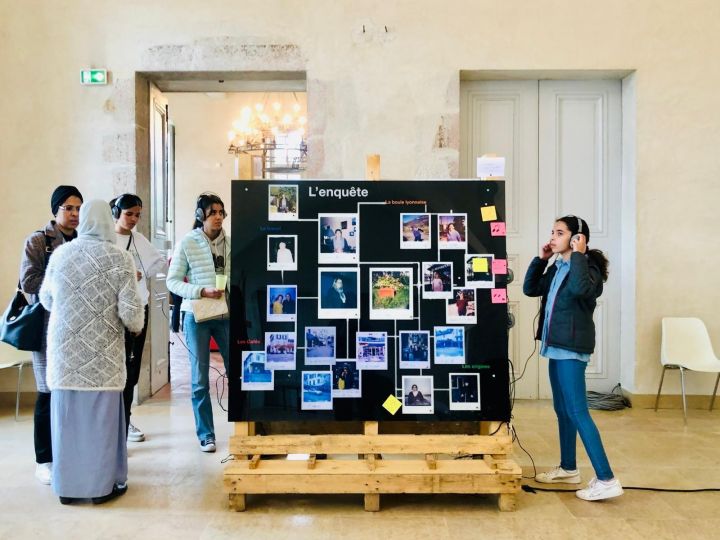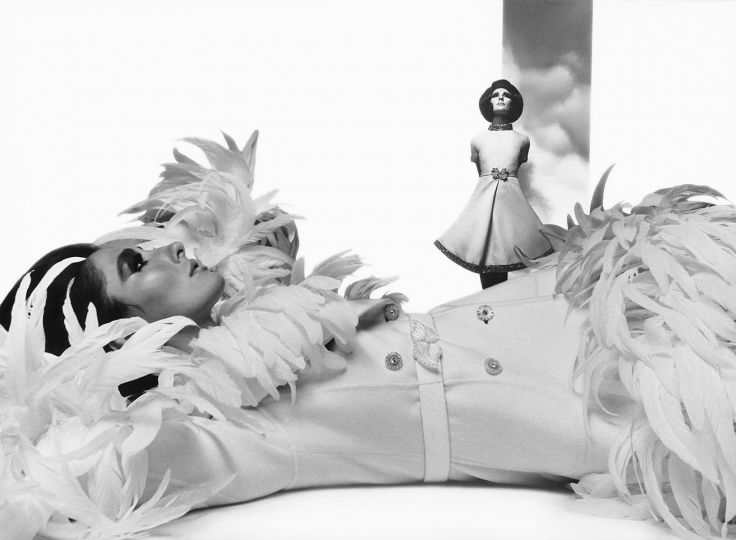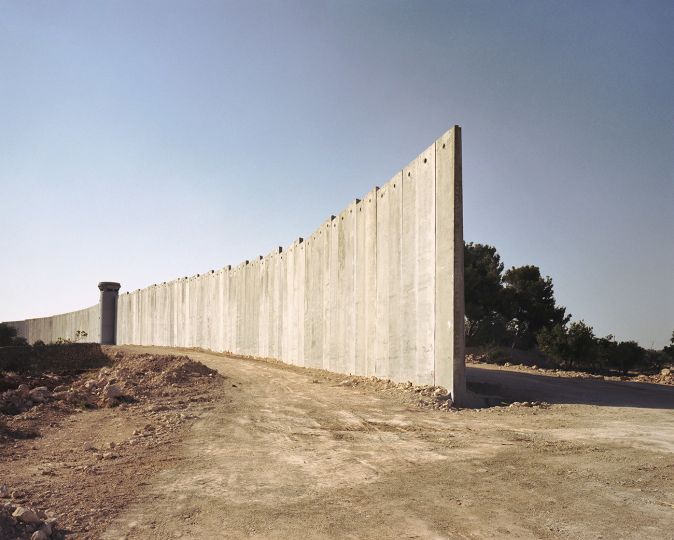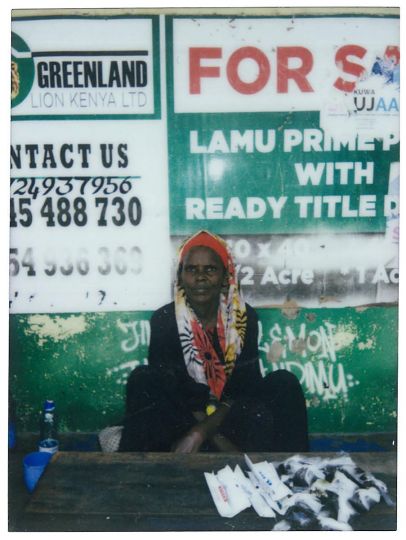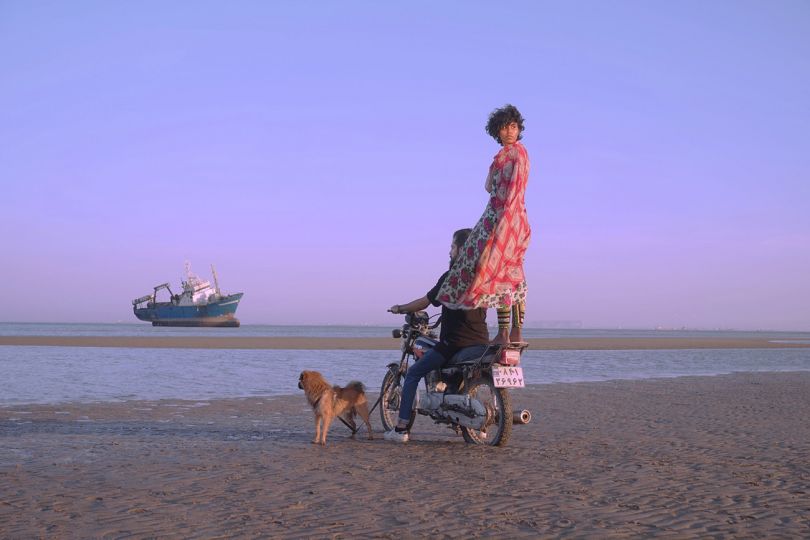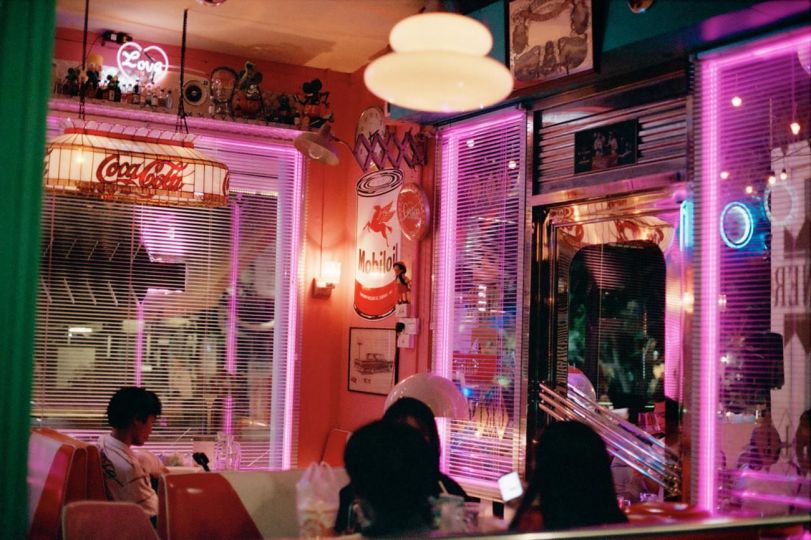Every month, L’Œil de la Photographie focuses on a photography collective through the words of Benjamin Rullier. Moving away from the solitary artist figure, some photographers choose to come together. Collaborative projects, bridges between practices, economic realities: a founding or active member presents their collective, its specificities, and its challenges. Join the group!
In June, Quentin Bassetti opens the doors to the Collectif Nouveau Document, founded in 2019. From Paris, Brittany, or Creuse, the eight photographers who make up the collective defend a modern and open vision of documentary photography, relying on a plurality of perspectives.
How was the Collectif Nouveau Document born?
With Jérémy Fruchaud, the other co-founder, we were in the same school in Rennes. We really bonded over a documentary vision of photography. Our main sources of inspiration were the great missions: the Heliographic Mission, the FSA, the DATAR, New Topographics. Initially, we wanted to unite photographers from the region with our own scale. We aimed to set up common projects and produce them. Eventually, we began meeting people from other horizons all over France, and the collective quickly opened up to other territories.
The collective today includes photographers from Paris, Brittany, Creuse, etc. What brings you together?
We defend an authorial approach, even if some members move slightly away from it and engage in multidisciplinary practices. We don’t all work in the same fields; some are in very artistic circuits, residencies, others fulfill press assignments, but we share a perspective and a vision of photography. Contemporary photography cannot be confined to documentary alone; it must open up to other things. Nouveau Document embodies this idea: staying within documentary but offering something new.
How did you meet?
We’re somewhat of a 2.0 collective. We connected primarily through social networks at a time when Instagram became very interesting for photographers. The collective was the argument to say: I like your work, let’s meet. The challenge then was to build a real relationship, a shared vision, and start working together.
What was your first production?
We quickly grew to about ten photographers and decided to propose a first subject and do a collective work. We proposed the theme A Possible Future to all collective members and made a call for projects inviting other photographers to contribute a series. Some projects we loved were selected. This allowed us to showcase them and integrate new photographers into the collective. A Possible Future was conducted in 2019 and culminated in a major collective exhibition in 2020 at the Carré d’art in Chartres-de-Bretagne. We were thrilled with it. It brought together various individual projects, very different, that connected to form a common exhibition.
Is a desire to go further collectively what led you to your new project: Habiter?
For our second project, our goal was to do more collective work. We sought a new subject and quickly latched onto the question of inhabiting a place. It started with an exquisite corpse of images from collective photographers around their homes, and then we wanted to do a collective residency in a specific location. A member of the collective, Anaïs Marion, who has a house in Creuse and is already leading the Agence Narrative project in her village to federate projects, proposed that we do the residency at her place. We took turns in groups of 2 to 4 photographers for three months, and today, with our corpus of images, we are working on the restitution of this project.
Was it also an experience to test the strengths and weaknesses of the collective?
It’s an interesting question when discussing a collective: do we really work together? With Habiter, the idea was to truly engage with the subject by living together for a while, working collectively, sharing, and going out to take photos together. It was an experiment on ourselves and what a collective is.
Does this reinforce your desire to continue together?
This is what we really want to develop today: talking about a collective in the true sense. Habiter also aims to be a showcase of what we can do and to continue in this direction by doing new residencies to explore this notion of inhabiting different territories.
Do these desires encounter obstacles?
Each one of us have our own work, constraints, and career ambitions, making it hard to find time for the collective. We’d love to do mediation workshops or mentoring, for example, but we lack time to develop all this. That’s why many collectives fall apart eventually. It’s crucial to be smart and cohesive. Looking at long-standing collectives like Tendance Floue and realizing that it might not be so bad to continue existing. However, if you don’t build friendships, where you can truly speak your mind and motivate each other, the collective disappears. There were times when activity levels dropped, and we thought the collective might end, but one of the member always managed to restart things.
What measures are you putting in place to keep the collective active?
There are projects, and we are also restructuring the association, questioning the statutes to update them according to our challenges. Recently, we have been trying to form working groups: one group working on the formatting of Habiter, others preparing the general assembly, and others managing social networks. We’re trying to assign tasks to move forward. Currently, there are eight of us. We’d like to complete ongoing projects and then consider opening up to new photographers, while keeping the group manageable.
More information:

